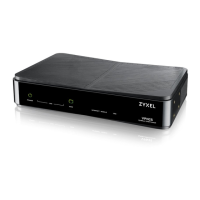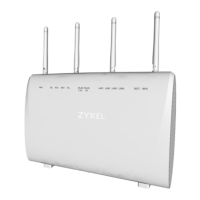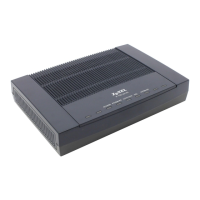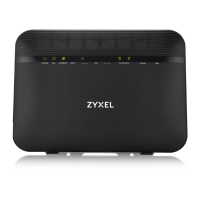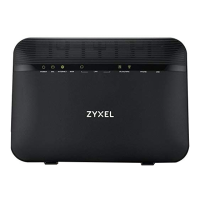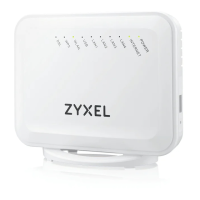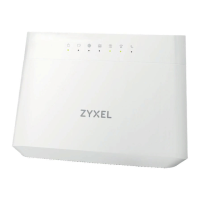Chapter 8 Basic Setting
VES1724-56 User’s Guide
95
High Alarm
Threshold
Specify the first upper limit for each parameter. The Switch sends an alarm trap when one of
the parameter values goes over this value.
High Warning
Threshold
Specify the second upper limit for each parameter. The Switch sends a warning trap when
one of the parameter values goes over this value. This value should be smaller than the
High Alarm Threshold and greater than the Low Warning Threshold.
Low Warning
Threshold
Specify the first lower limit for each parameter. The Switch sends a warning trap when one of
the parameter values falls below this value. This value should be smaller than the High
Warning Threshold and greater than the Low Alarm Threshold.
Low Alarm
Threshold
Specify the second lower limit for each parameter. The Switch sends an alarm trap when one
of the parameter values falls below this value. This value should be smaller than the Low
Warning Threshold.
Apply Click Apply to save your changes to the Switch’s run-time memory. The Switch loses these
changes if it is turned off or loses power, so use the Save link on the top navigation panel to
save your changes to the non-volatile memory when you are done configuring.
Cancel Click Cancel to begin configuring this screen afresh.
SFP Transceiver Per Port Status
Port This field displays the port number of the SFP slots.
Vendor This field displays the vendor of the transceiver installed in the slot.
Part Number This field displays the part number defined by the transceiver vendor.
Series Number This field displays the serial number of the transceiver.
Revision This field displays the version of the transceiver.
Transceiver This field displays the name of the transceiver.
Current
Temperature(C)
This field displays the current temperature inside the SFP module.
Voltage(V) This field displays the level of voltage currently being supplied to the SFP module.
Tx Bias(mA) This field displays the current in milliamps (mA) being supplied to the SFP module’s Laser
Diode Transmitter. Track the Tx bias to know how the laser component is aging relative to
your network’s other SFP modules. This helps you know when to do preventative
maintenance instead of having to deal with an unexpected SFP module failure.
Tx Power(dBm) This field displays the amount of light (in dBm) the SFP module is currently transmitting.
This value does not reflect the condition of the cable. Refer to this number to monitor the
laser’s health.
Rx Power(dBm) This field displays the amount of light (in dBm) currently being received from the fiber optic
cable.
Table 25 Basic Setting > SFP Threshold Setup (continued)
LABEL DESCRIPTION
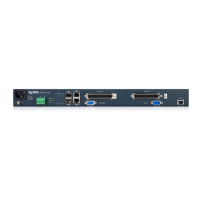
